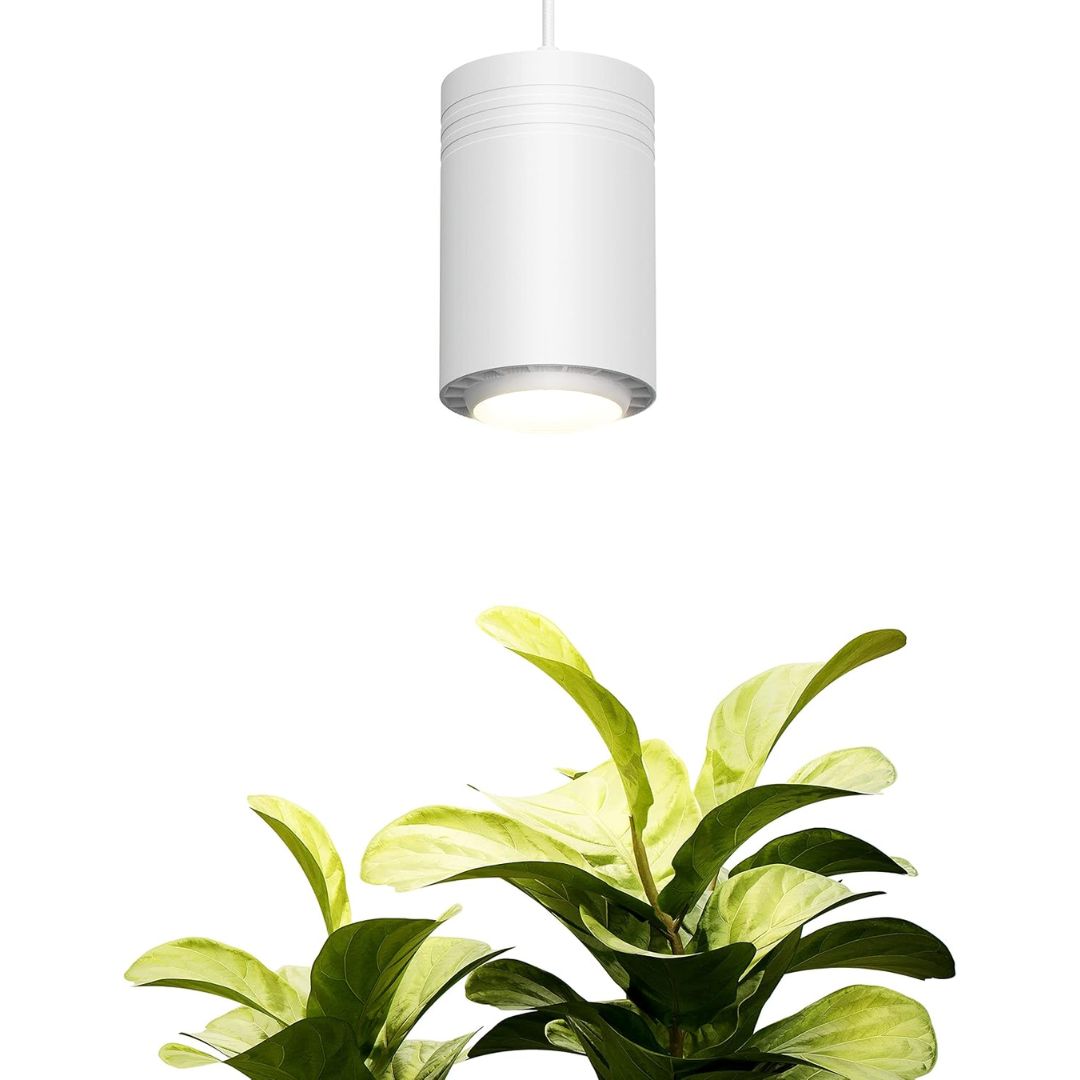5 Easy Ways to Move Your Garden Herbs Indoors for the Winter — And Save Your Culinary Plants From the Cold
As you retreat indoors to prepare for the seasonal shift, your herbs should too
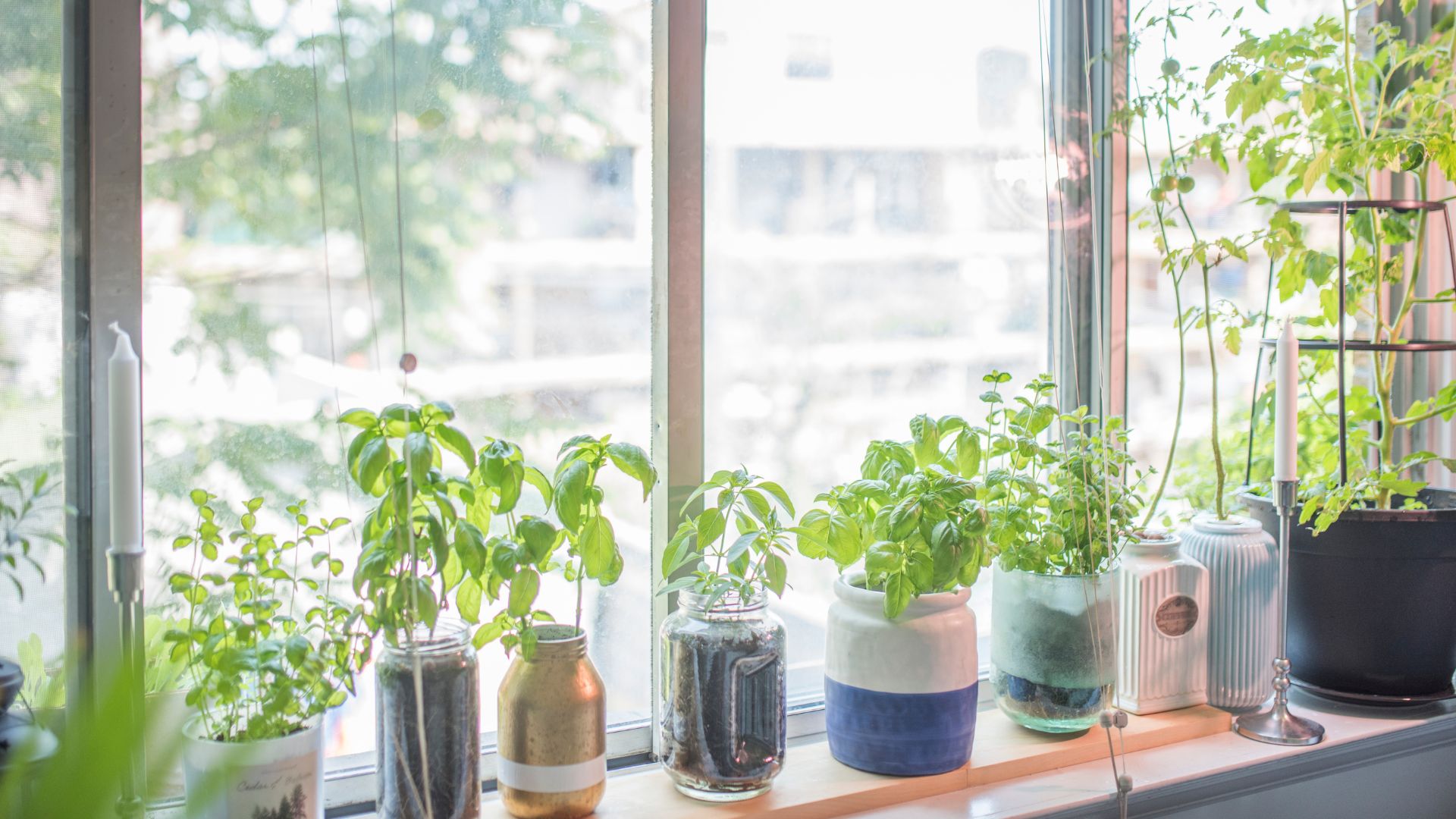

With the warmer part of the year coming to a close, it's only normal for us to make an intentional shift towards spending more time indoors. This living change is especially typical in places that tend to experience cooler weather.
Similarly, some plants also enjoy this change in abode. And if you're a culinary gardener with a patch of thriving herb plants, then you might want to relocate them until the yearly frost comes to an end.
While overwintering your herb garden, it's important to go about it the right way. So we consulted the experts and they've lent us some helpful insight into their personal tried-and-tested methods to move herbs indoors for the winter. And here's everything you need to know to tend to your delicious array of herbals like a pro.
1. Inspecting and Choosing Herbs

In conversation with kitchen gardening expert Kathi Rodgers, she tells us that the first step to overwintering your herb garden is to carefully inspect them before bringing plants indoors. "This is purely to make sure you’re not bringing in any unwelcome visitors such as insects or spider mites, which can spread to other houseplants," she says.
Kathi encourages using a magnifying glass to look for insects and other pests on top of the soil, on stems, and on top of and underneath leaves. "If possible, pull the plant’s root ball out of the pot to check for insects on the inside of the pot and in drainage holes," she says. "Spraying plants with an insecticidal soap or neem oil can also prevent unwelcome pests from coming indoors."
Planting expert Lydia Beaumont from Gardening Yard tells us that it's doubly important to make sure that you're only relocating the herbs that aren't hardy enough to stay outdoors. She also explains that some herbs adapt better to the indoor shift than others.
"Hardy herbs like rosemary, thyme, and oregano handle the transition well," she notes. "While tender herbs like basil, parsley, and cilantro are more sensitive to change, but can still thrive indoors with proper care."
Once you find the herbs that aren't naturally suited to witness cold climates, we recommend using a pest preventative like this Captain Jack's 16 oz Neem Oil from Walmart to keep your home and the rest of your indoor plants safe.
2. Transplanting and Potting Herbs

After identifying the herbs you're going to bring into your home, Lydia recommends gently digging around the herbs to transport them into planters. One of the most common gardening mistakes made by beginners is to hastily dig out crops, thereby damaging the root system in the process. This is something Lydia finds best avoided, as she explains that it's important to keep as much of the root ball intact as possible.
"Pot them in containers with good drainage using a high-quality potting mix," she says. "And ensure the pot is large enough for the root system."
This Miracle-Gro Houseplant Potting Mix from Amazon is a great pick and since it's suited for houseplants, it's perfect for your soon-to-be indoor herb garden.
3. Acclimating Your Herbs

One of the most vital steps to making the transition indoors smooth on your herbs is to get them acclimated before making the harsh swap from outside to inside. Kathi tells us that it's best to start by moving potted herbs to a shady location outside for a week or two. This way, she finds that they can comfortably adjust to the lower level of light they’ll probably receive indoors.
"Keep an eye on the weather, and protect the plants from any overnight frosts or freezes," she says. "Then move them to their permanent winter location, such as a sunny windowsill." Kathi tells gardeners not to worry if they drop a few leaves during this time of adjustment, but excessive leaf drop or yellowing leaves could mean there’s a problem and that they're not taking to the change quite as expected.
Although this intermediate step may seem unnecessary, Kathi strongly advises gardeners to adopt this method as it can only help your herbs. And after doing so, you can even keep some of them as kitchen plants for easy reach.
4. Caring for Your Indoor Herbs

According to Kathi, the amount and type of light in your home are the main consideration, when it comes to caring for your herbs. "Many of them will be happy with four to six hours of direct sunlight every day," she says. "But others like rosemary and thyme may need supplemental light such as indoor grow lights."
Kathi also advises gardeners to refrain from under or overwatering the herbs while indoors. "Many herbs are originally from the Mediterranean area, which has dry, warm conditions, and they don’t appreciate wet soil," she notes. "So let the soil dry out before watering again."
5. Cutting & Harvesting Your Herbs
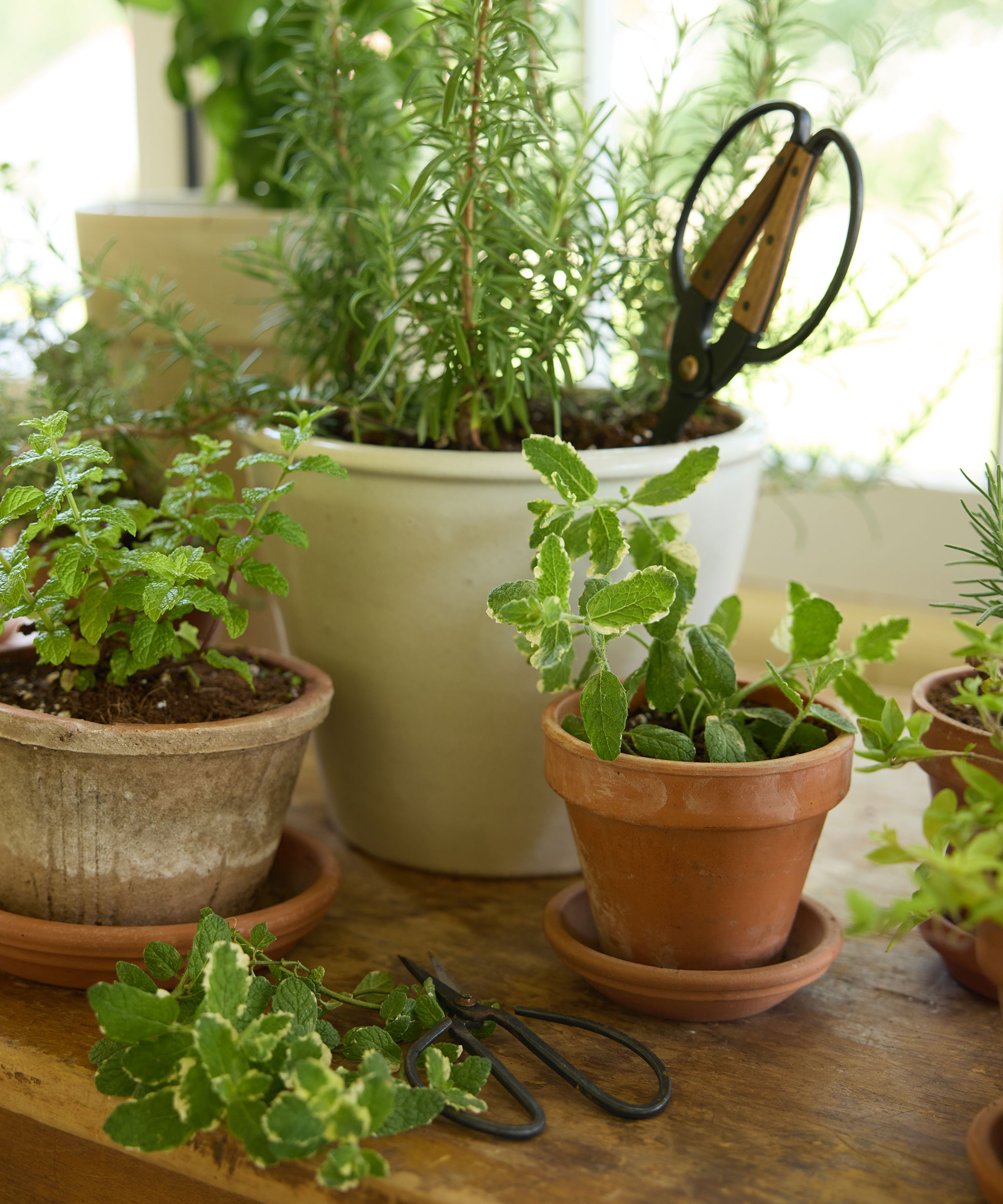
The final step and probably the one that feels most rewarding is cutting and harvesting your lovely little herbs. "Trim lightly to maintain the shape of herbs like oregano and thyme," says Lydia. "And I find that basil benefits from cutting above a node to promote bushier growth."
It's always a nice feeling to finally taste the rewards of your herb garden. Plus, cutting your herbs allows them to direct energy towards fresh growth and is one of the best ways to make your indoor herb garden produce more.
After putting money, effort and patience into growing your herb garden, the last thing you need is one bad winter to ruin your crops for good. Instead of risking their wilting over the winter season, it's important to bring them indoors.
And now that you've the expert's guide to overwintering your herb garden, you can make sure that your herbs are still thriving until the frost ends. And above all, having your herbs by your kitchen is simply the silver lining of it all.
FAQs
Why are my herbs dying indoors?
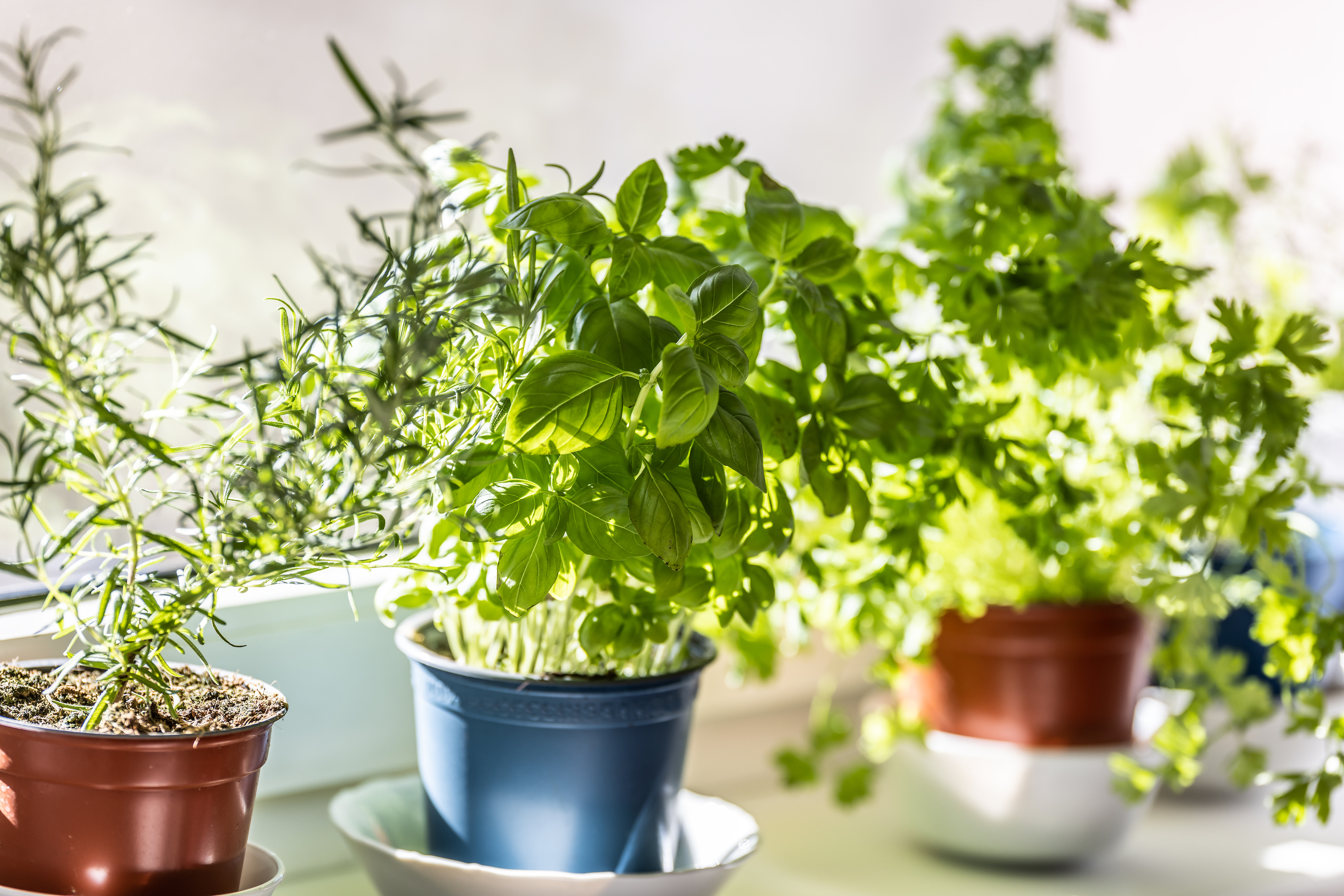
There are a couple of reasons that could be behind why your herbs are not doing their best indoors.
• Insufficient watering is one of the prime causes of indoor herbs. You don't want to drown them but you shouldn't be starving them either. So be sure to plant them in well-draining soil, water them regularly and you can also help by keeping them in pots with proper drainage holes.
• Inadequate sunlight is also another problem your plants could be enduring indoors. Window sills are ideal spots for your herbs but it's also important to make sure that only the plants that are sun-loving are in the way of direct sun. If any of your herbs are not sun-hardy, place them in shady spots that still receive enough light to fulfil their basic quota.
• Lack of fertilizer can cause herbs to wilt away after being pushed indoors for overwintering. Since they are not in their usual locations, they have to work harder to provide nutrients for fresh growth. So feel free to give them a little encouragement in the form of herb fertilizer.
Besides these normal plant problems, just be sure to be patient with your herb garden and tend to it on a regular basis for the best results.
Be The First To Know
The Livingetc newsletters are your inside source for what’s shaping interiors now - and what’s next. Discover trend forecasts, smart style ideas, and curated shopping inspiration that brings design to life. Subscribe today and stay ahead of the curve.

Amiya is a Home Wellness Writer at Livingetc. She recently graduated with a Masters Degree in Magazine Journalism from City, University of London, and has lent her words to beauty, fashion, and health sections of lifestyle publications including Harper’s Bazaar and Women’s Health. Her experience as a research analyst has equipped her with an eye for emerging trends. When she’s off the clock, she can be found reading, listening to music, or overanalyzing her latest Co-Star update.
-
 Burl Wood Decor Is 2025’s Most Coveted Comeback — Here’s How to Get the Storied Swirls for Less
Burl Wood Decor Is 2025’s Most Coveted Comeback — Here’s How to Get the Storied Swirls for LessIrregularity is the ultimate luxury, but you don’t need an antiques dealer to find it
By Julia Demer Published
-
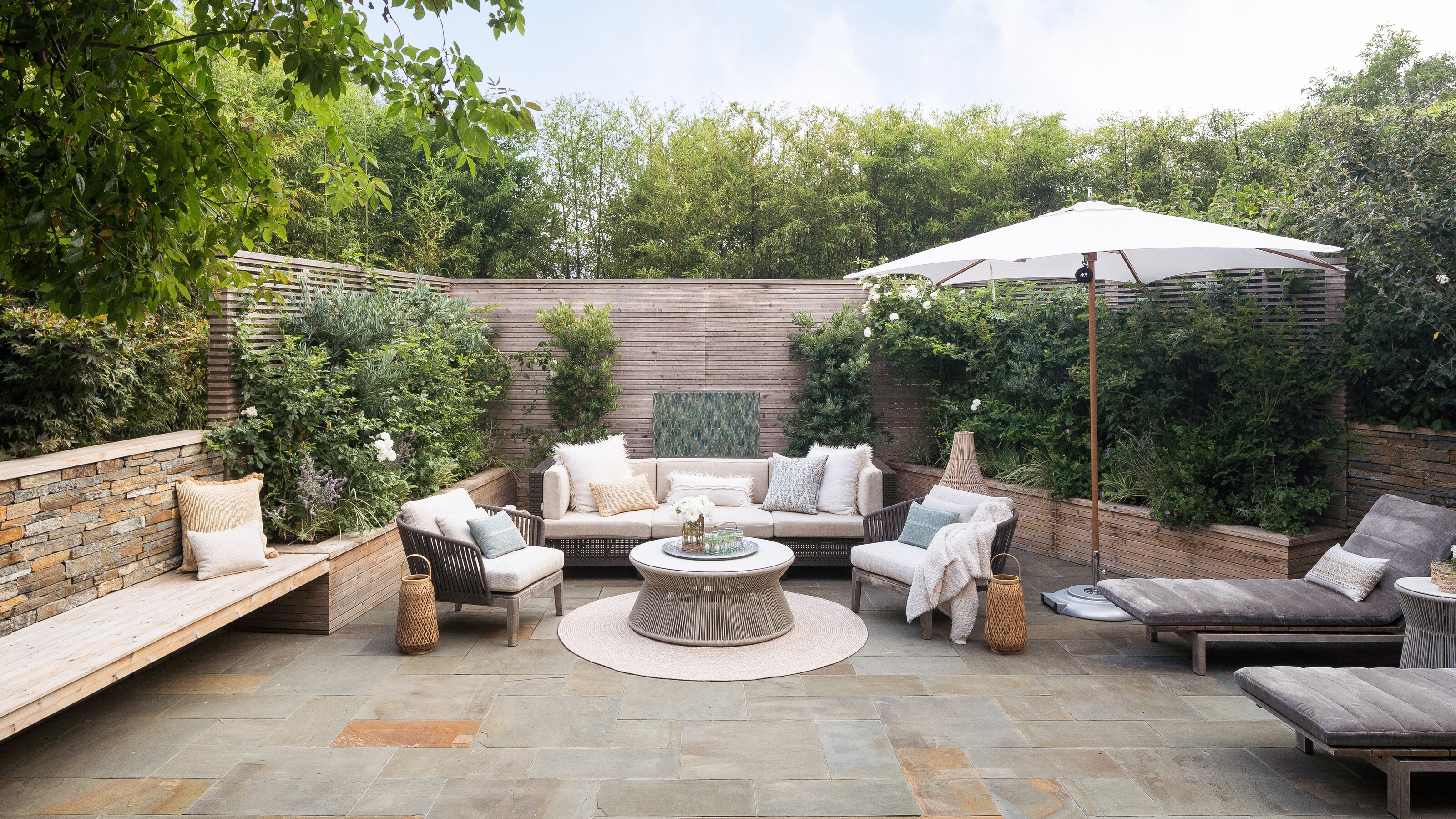 5 Garden Features That Instantly Add Value to Your Home — While Making Your Outdoor Space More Practical, too
5 Garden Features That Instantly Add Value to Your Home — While Making Your Outdoor Space More Practical, tooGet to know all the expert tips and tricks for making your backyard a standout selling point for your home.
By Maya Glantz Published
